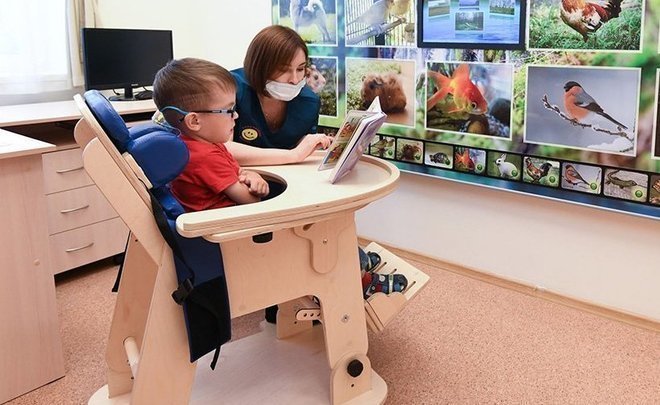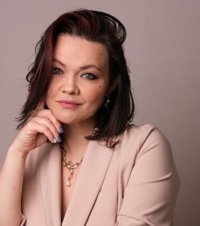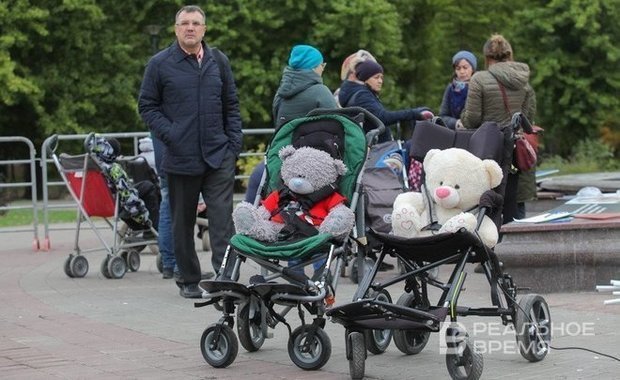‘Accessible environment is not only ramps and other technical equipment’
Elvira Gallyamova, the president of Tramplin charity foundation — about work in schools with inclusion

In the new academic year, 12 updated classes for children with disabilities are going to be opened in eight schools in Kazan. Now, there are 45 basic education institutions in the city, where 850 children with disabilities study. In the column for Realnoe Vremya, the founder and president of the charity foundation Tramplin, Elvira Gallyamova, talks about non-obvious details in working with schoolchildren.
What is environment

There is a wonderful film — “Only I am Normal”, which shows well that both normotypic teenagers and teenagers with disabilities have the same problems. How to prove yourself, cope with self-doubt, be honest with yourself and others, or follow an imposed scenario… so, the foundation of the model of communication with the society of both is the school. Paradoxically, sometimes it is better for a child with disabilities to study at home, individually, with those teachers and tutors who will be able to convey information in a language he understands.
Why is everything so ambiguous? Any nosology is a separate world. Each diagnosis is a parallel universe. Not all children with cerebral palsy dream of studying in a regular school, and not everyone needs it. Not all children with mental peculiarities will be able to adapt to the general education system. And not all teachers are ready to work simultaneously with both.
What should we do? After all, we started thinking with joy for the technical equipment of inclusive classes? Undoubtedly, we should follow this path. Undoubtedly, children with disabilities need to be in society, otherwise neither society nor they will align their acceptance of each other.
Simple actions together
In my opinion, the work on inclusive conditions should be carried out for all parties — these are school teachers, work with normotypical children, and work with parents of both children. Psychological trainings, developing joint activities, games and class hours are needed, which will be aimed at joint creative and sporting activities. The experience of volunteering gives an invaluable skill of mutual assistance and a sense of one's usefulness to your neighbour. This is exactly what we do on the basis of the projects of Tramplin Foundation. In inclusive rafting, training, and hiking, children learn to perform simple daily actions together. Realising that everyone has their own pace, their own special speech, their own perception of information, their own reaction to the result.
The same is in the educational process. Every child — no matter with or without special features — perceives information differently. This means that teachers should convey their subjects, taking this into account, and parents should create conditions for consolidating the material. A person with disabilities is an individual. A careful individual approach can make it useful to society, exclude the development of a dependent position. We, the foundation team, consolidate this conclusion in every event where we see how a child with disabilities changes the philosophy of life from “Everyone owes me” to “I can do it myself”.

It's either everyone or no one
Yes, it is difficult to talk about individual work and the formation of psychological conditions, realising that the birth rate of children with different nosologies is only increasing. How to turn the education system to individuality, if it is initially aimed at mass character? Difficult, but possible. Not fast.
But there are excellent examples of foreign schools — in Germany, in Finland, for example. Where specialised schools are created for children with disabilities, and inclusive conditions include a full cycle and each child receives information adapted specifically for them. I think that our tactics should be built from the position of “working with what we have”. There is already an accessible environment in basic schools, already excellent. A few years ago, there was no such thing. So it is already possible to introduce into these schools the principle from the same movie “Only I am normal” — either everything or nobody! And this means that today and now it is possible to take small steps towards creating an inclusive society as a whole.